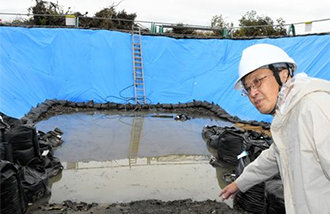The Life And Death Of A Soldier In World War II On Technicolor Film
The Life And Death Of A Soldier In World War II On Technicolor Film
Posted February. 01, 2004 22:57,

The history of the World War II, from 1939 to 45, will be telecasted on a Technicolor film.
On February 4, the History Channel, the exclusive documentary television program provider on the cable network, will telecast 18 parts of the World War II on Color Film for the first time, as a special edition in commemoration of its second anniversary.
This documentary, produced between 2001 and 2002 by the History Channel of the U.S., focuses on its Technicolor make-up and up-close viewpoint of World War II.
This documentary reorganized the images and movie data taken by war correspondents and soldiers just after the invention of 3-color film in 1935. This data has been held at the Florida State University and the Foundation Of World War II. Parts of it have been revealed previously, but this is the first time of it being organized as a documentary program.
From the viewpoint of an individual soldier rather than the larger national standpoint, this documentary arouses questions regarding the justness of the war. Focusing on the trivial life of the soldier, such as having a meal or brushing his teeth in the combat area, it contrasts the war with the humanity of its subjects. The contents of the film are categorized into specific segments rather than reflecting the chronological flow of time.
The first part, Becoming a soldier, documents how young people in the United States became soldiers via the draft and the kind of terror they felt in the battlefield. Approximately 67 percent of the US soldiers in the World War II were forced to enlist. The seventh part, Their own justification, focuses on soldiers who question the justness of the war despite the continuous attempts of the military to condition them to perceive it otherwise. It also highlights the stand point of African-American and Japanese Americans who were on slightly different ground compared with the Caucasian Americans.
In the second part, there is an unforgettable combat scene that vividly exposes the cruelties of war. Stand on the frontier depicts the dreadful sight of soldiers killed by machine gun just after they step onto the shore. In the third part, Secure the air, the focus was on parachute soldiers who were scared to jump.
kathycho@donga.com







